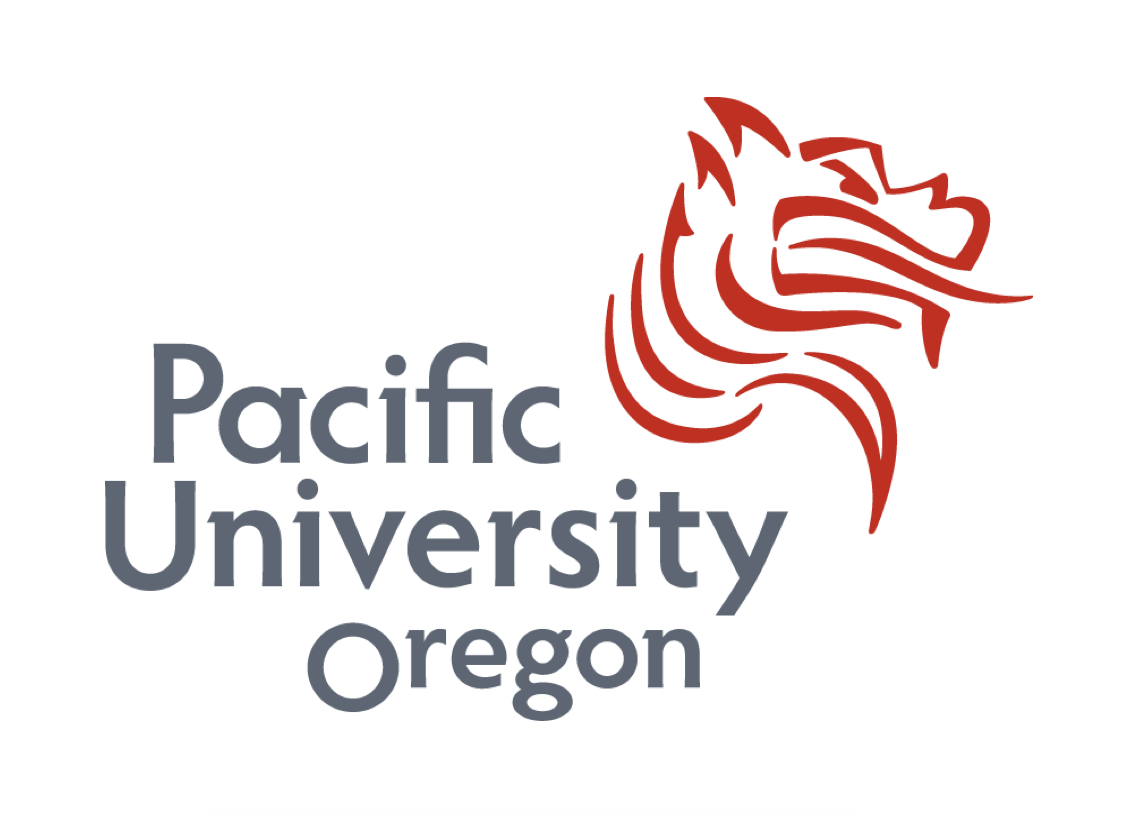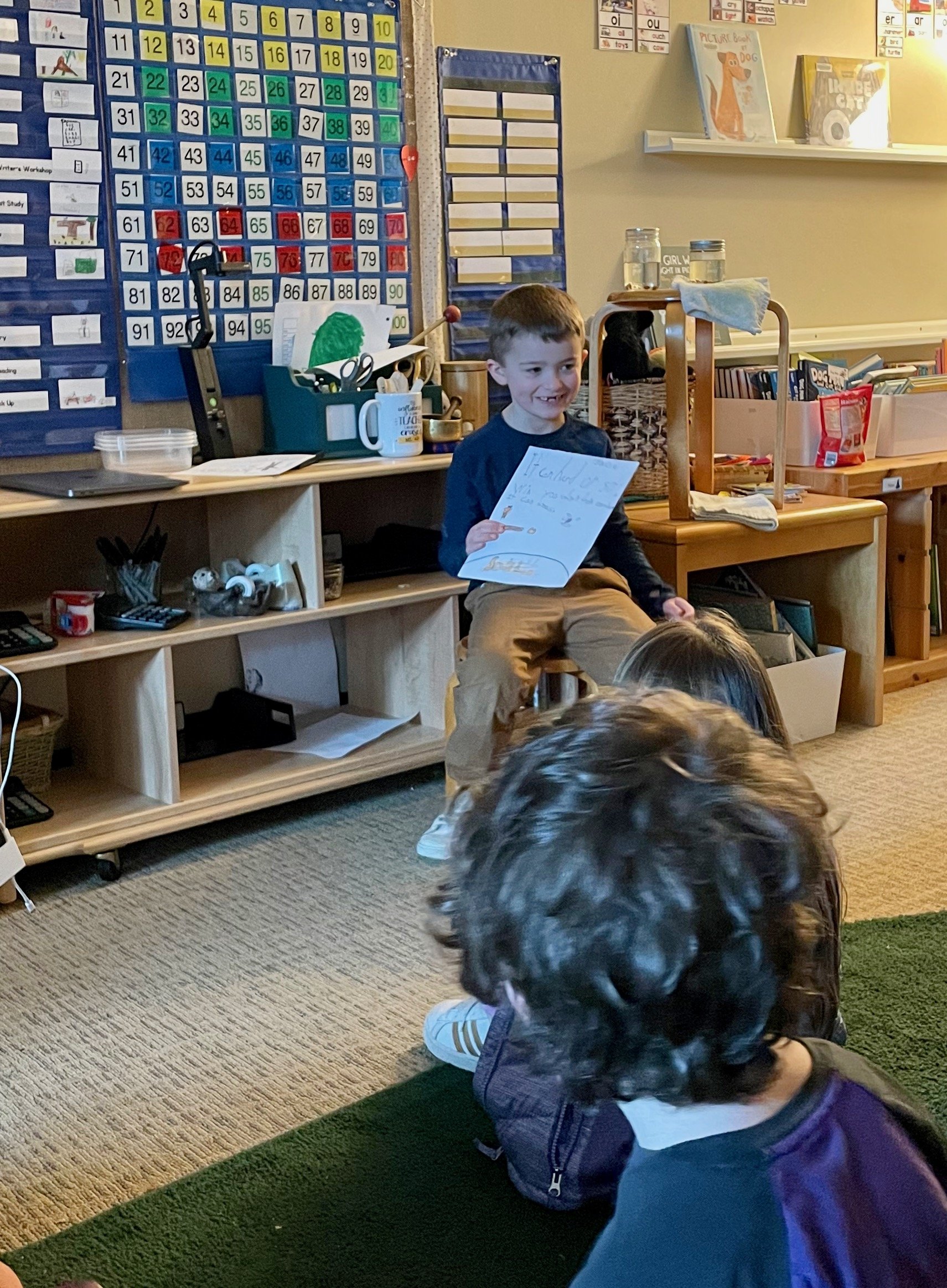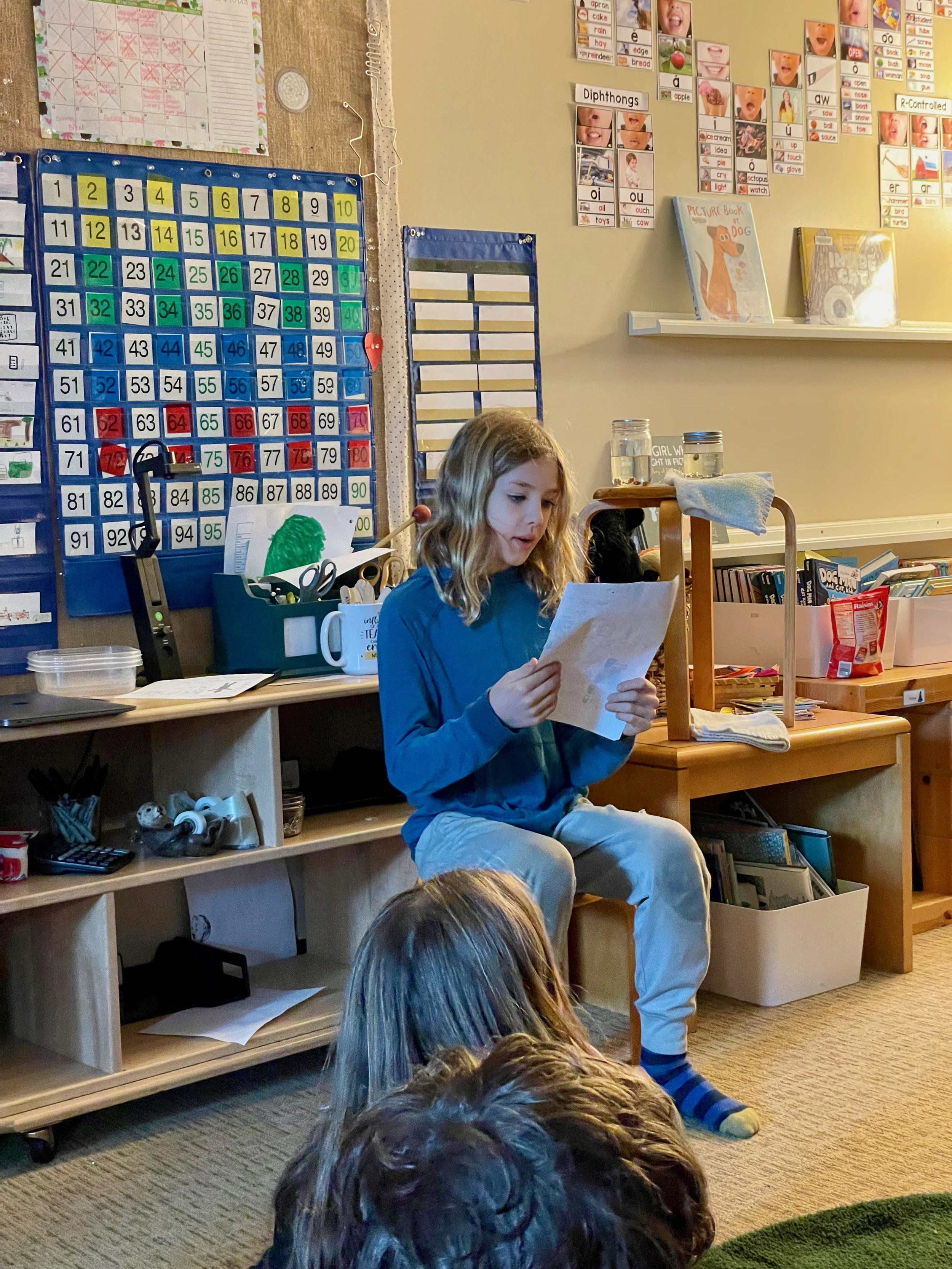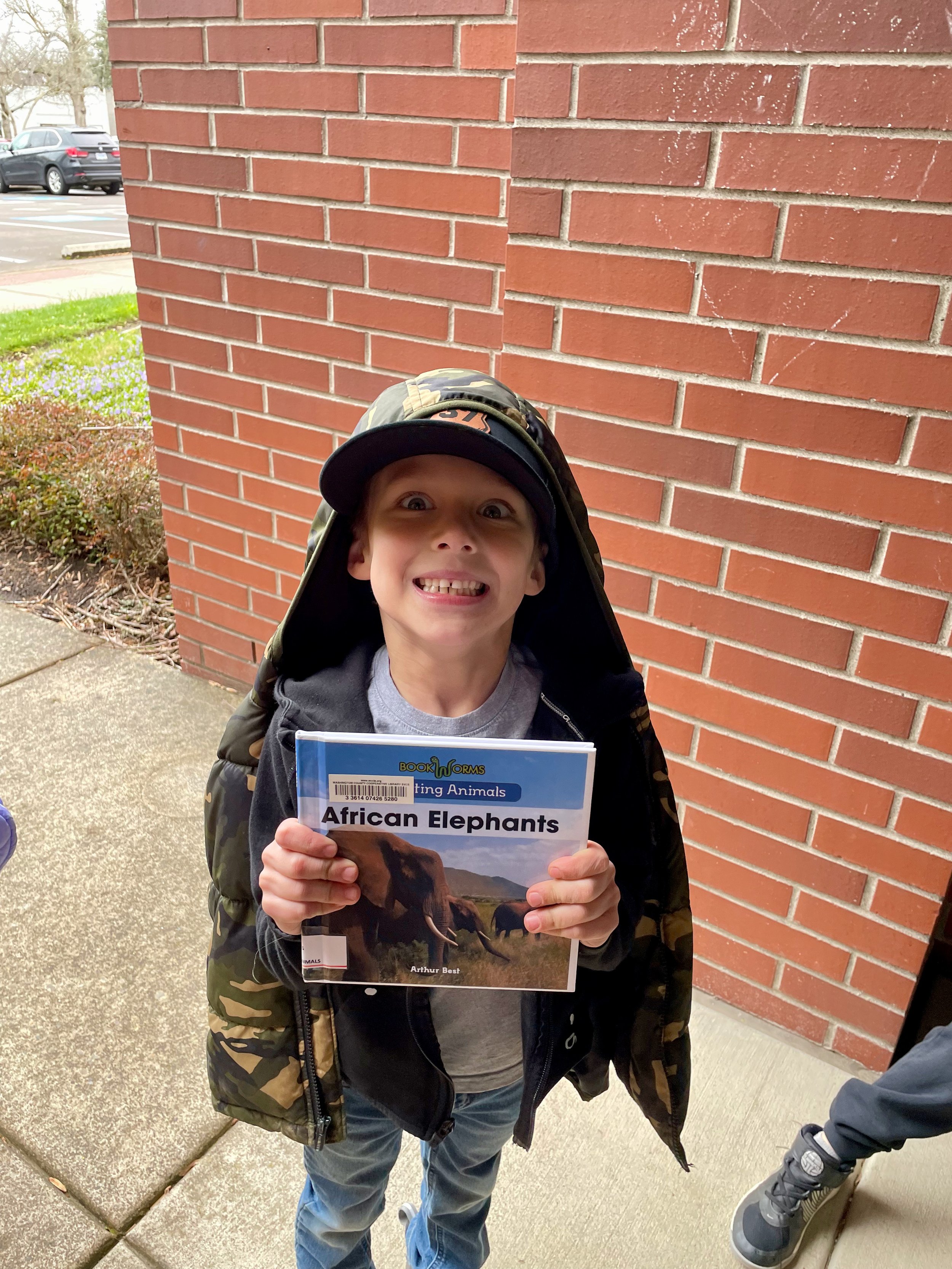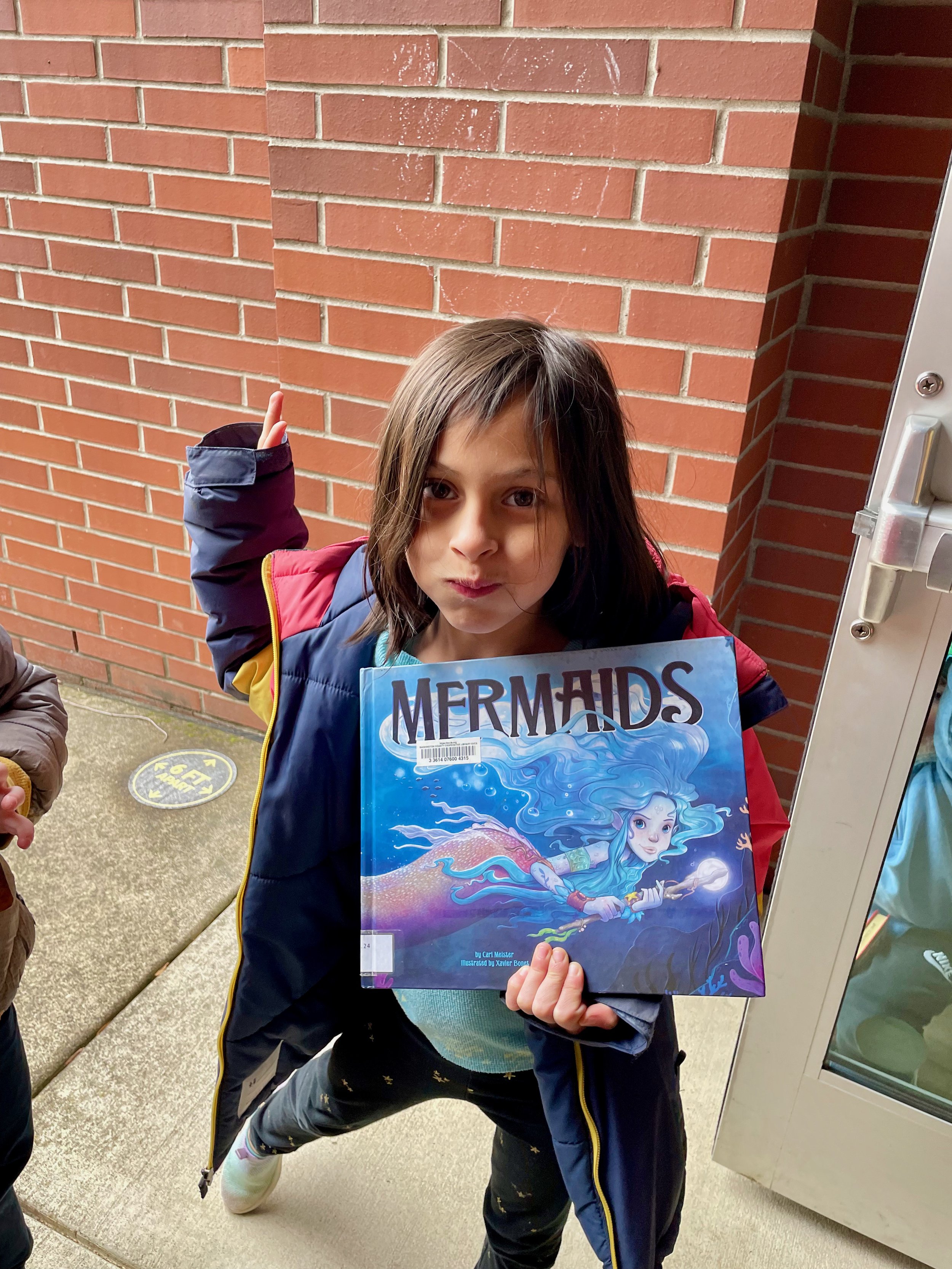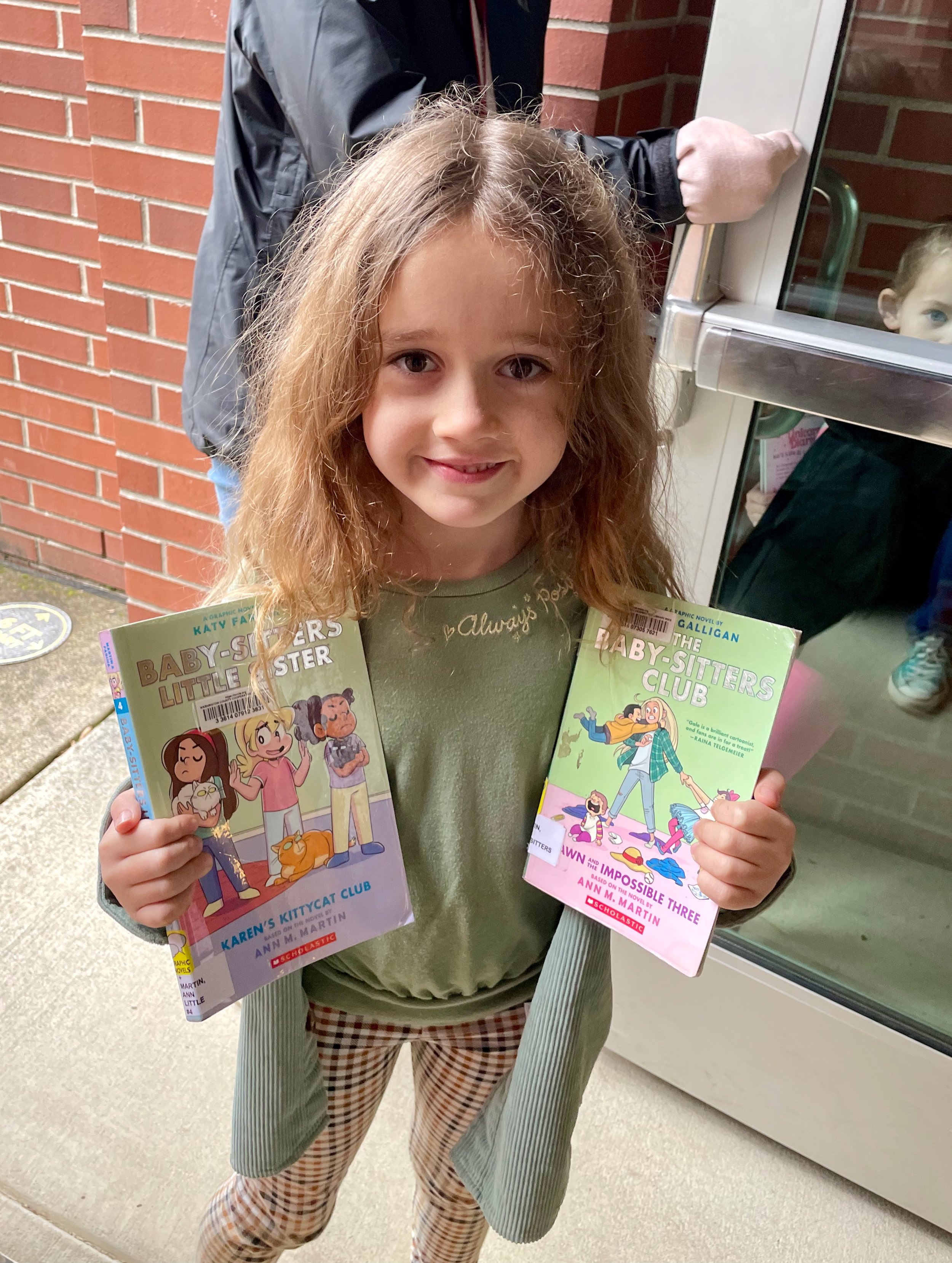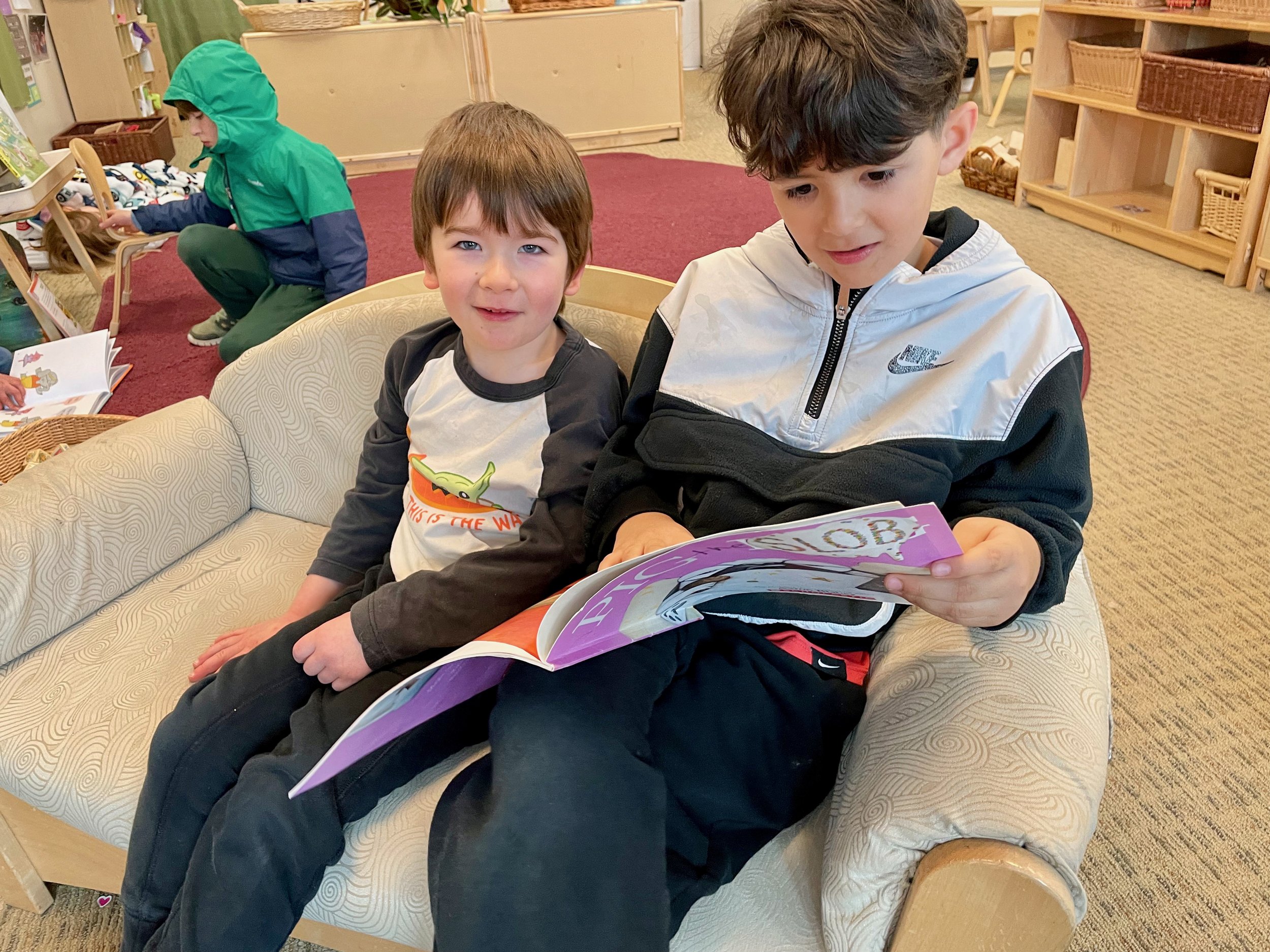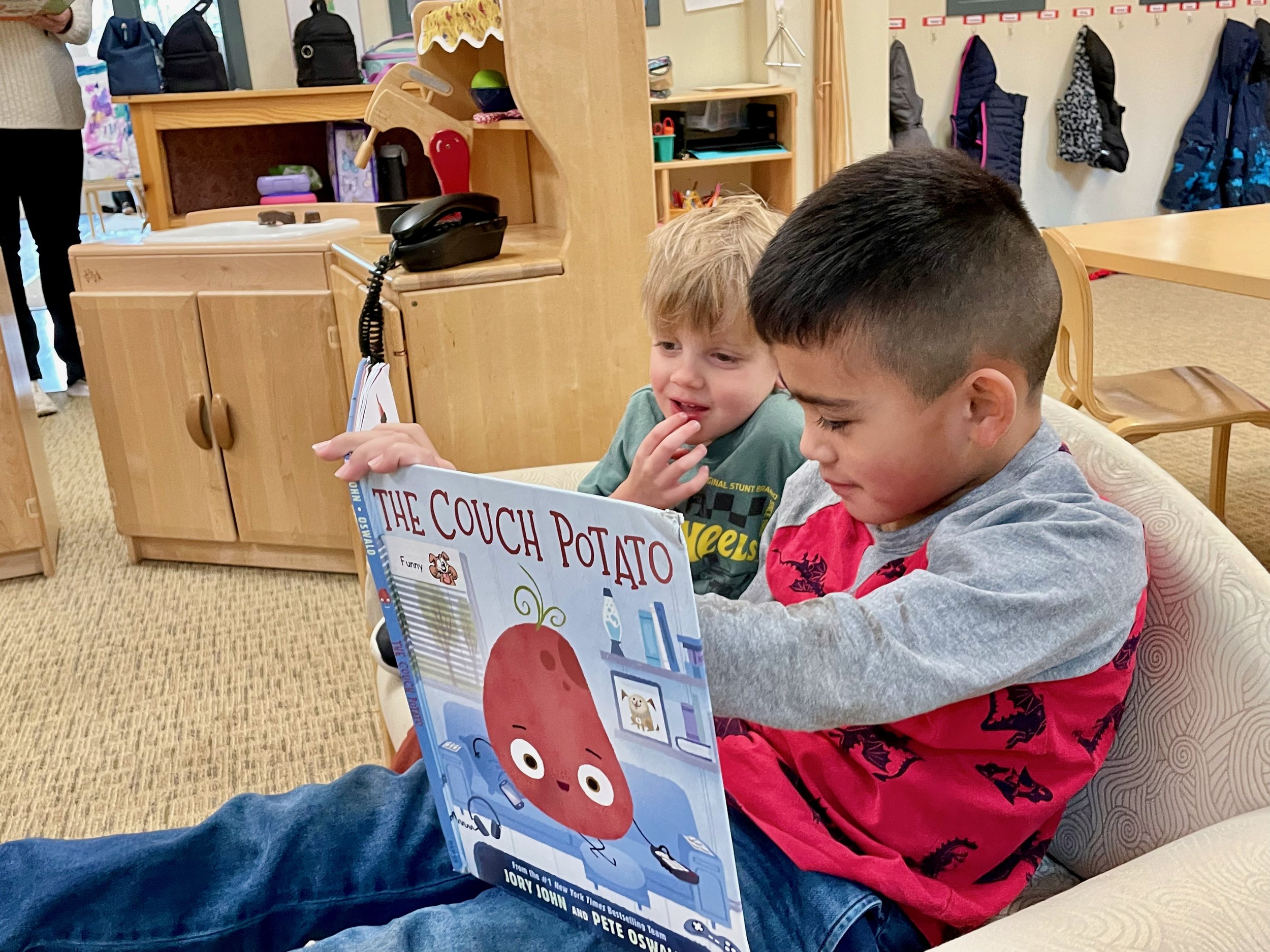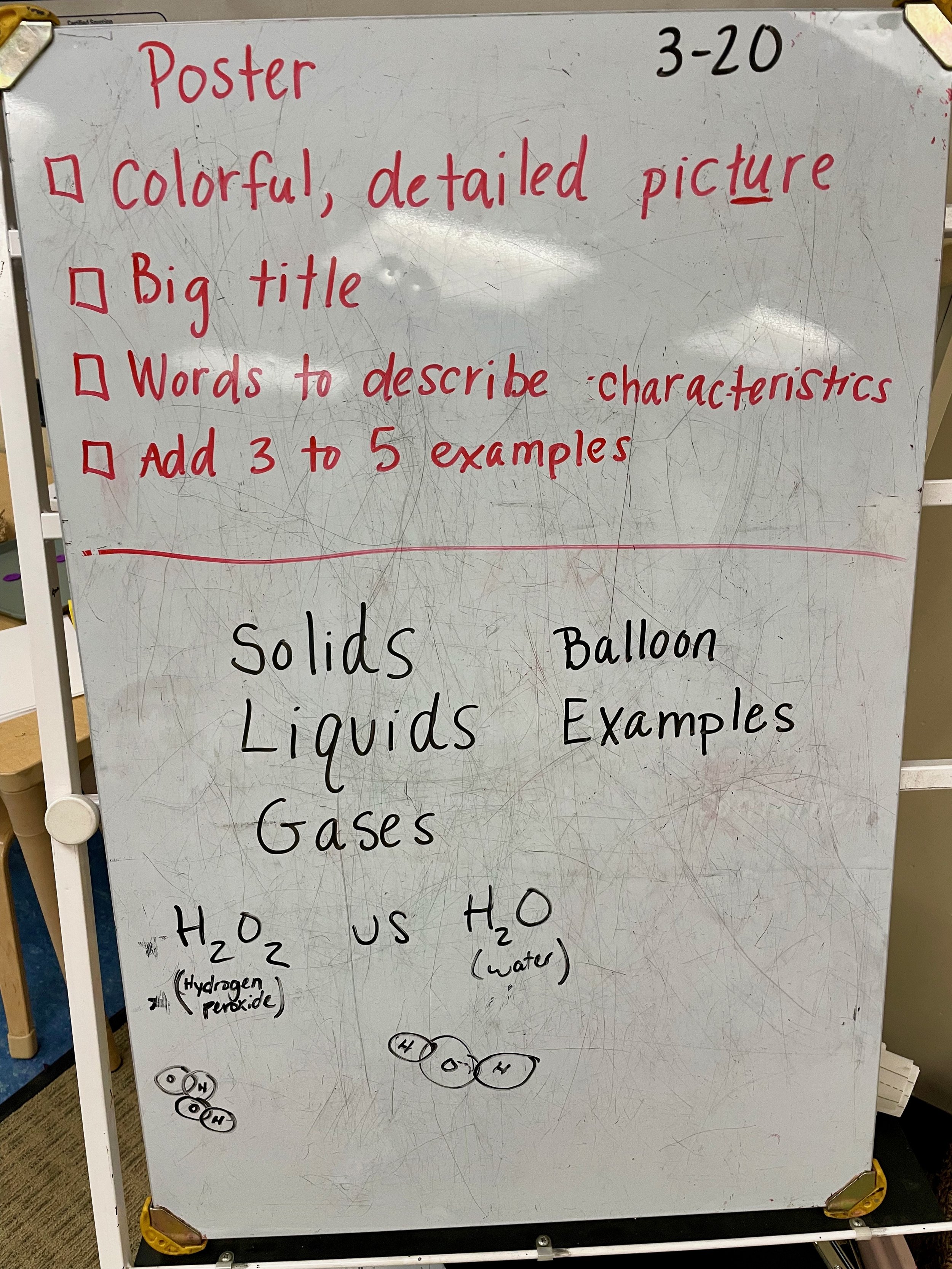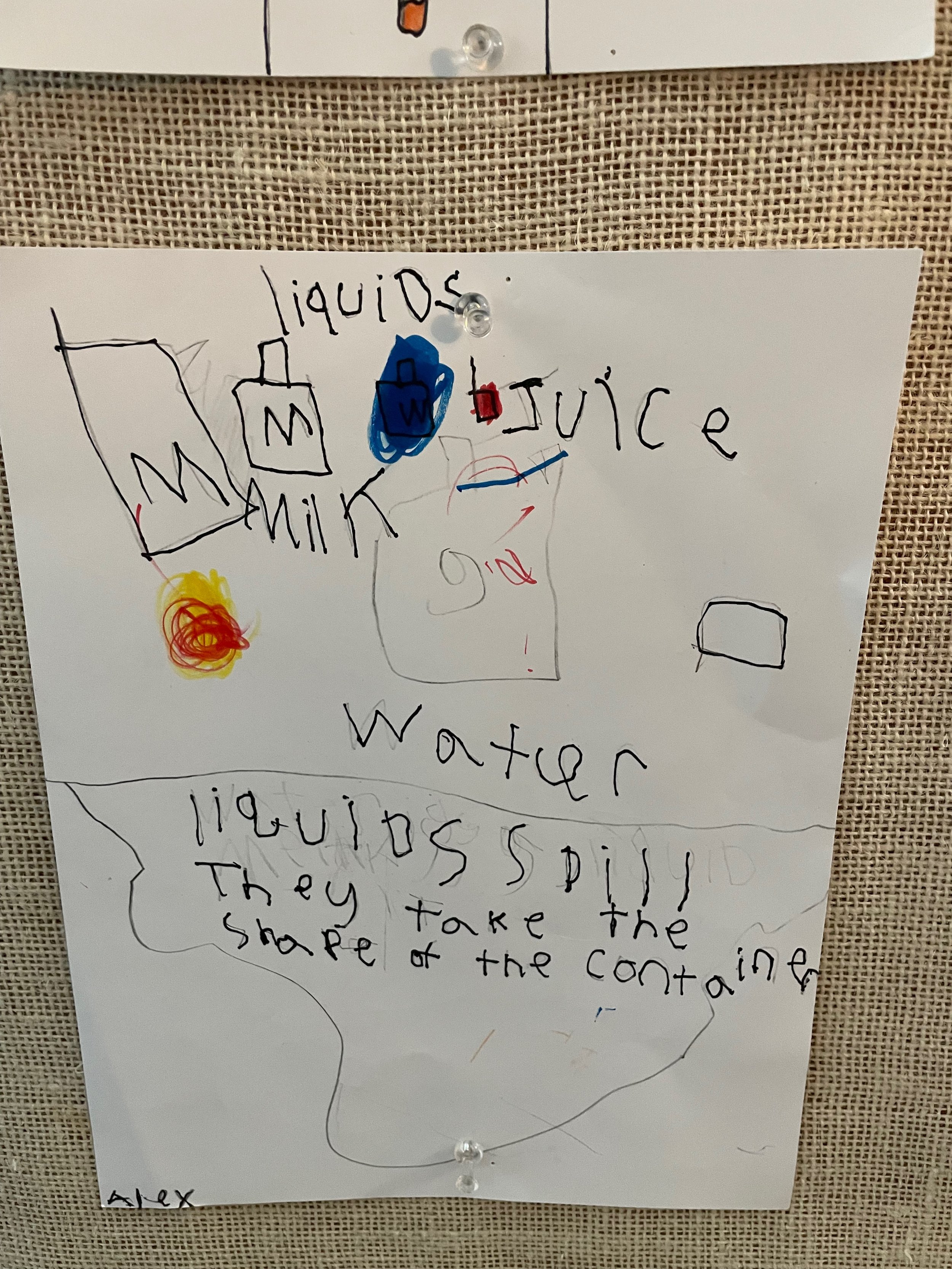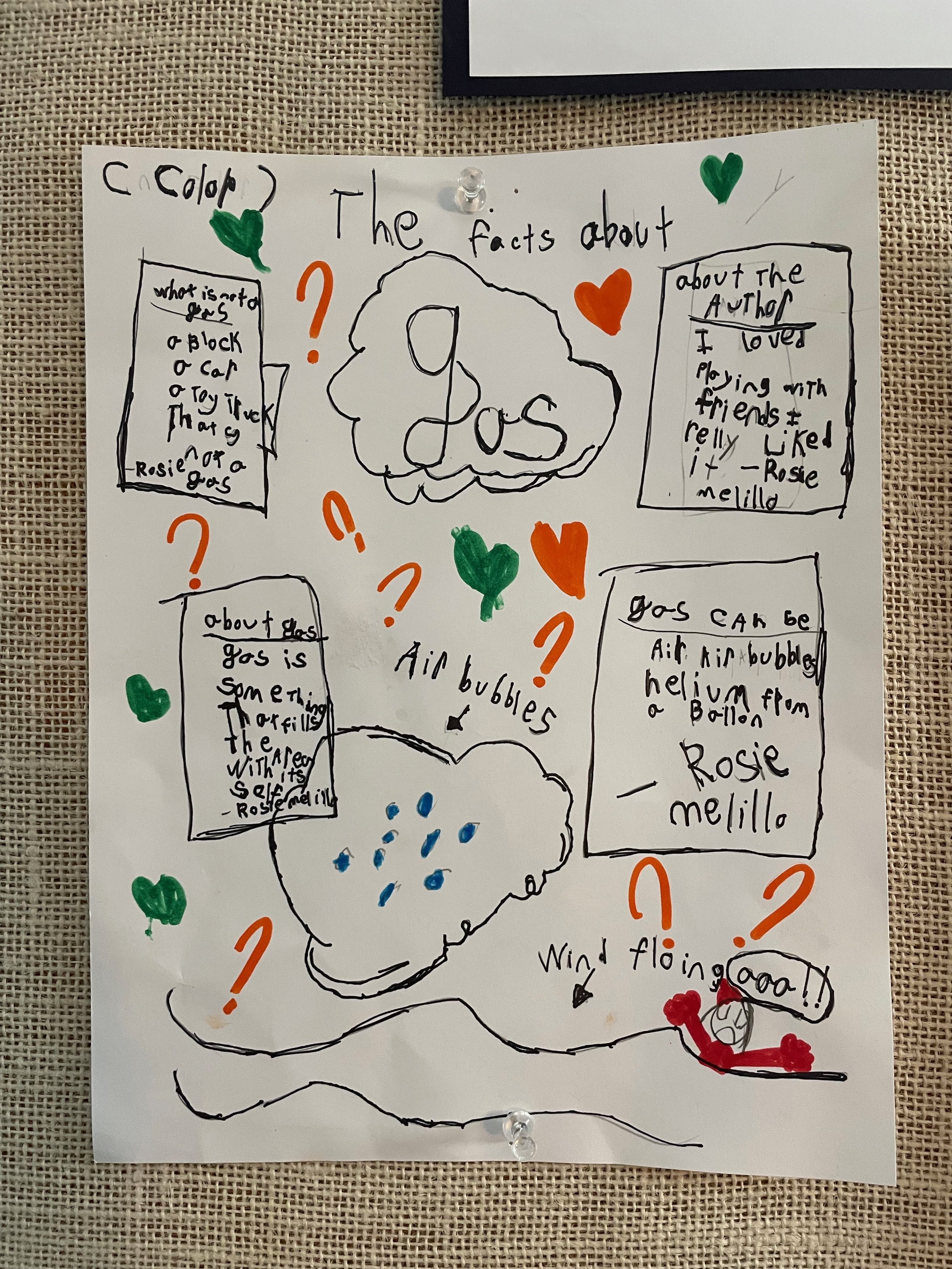States of Matter
/ Aja Appel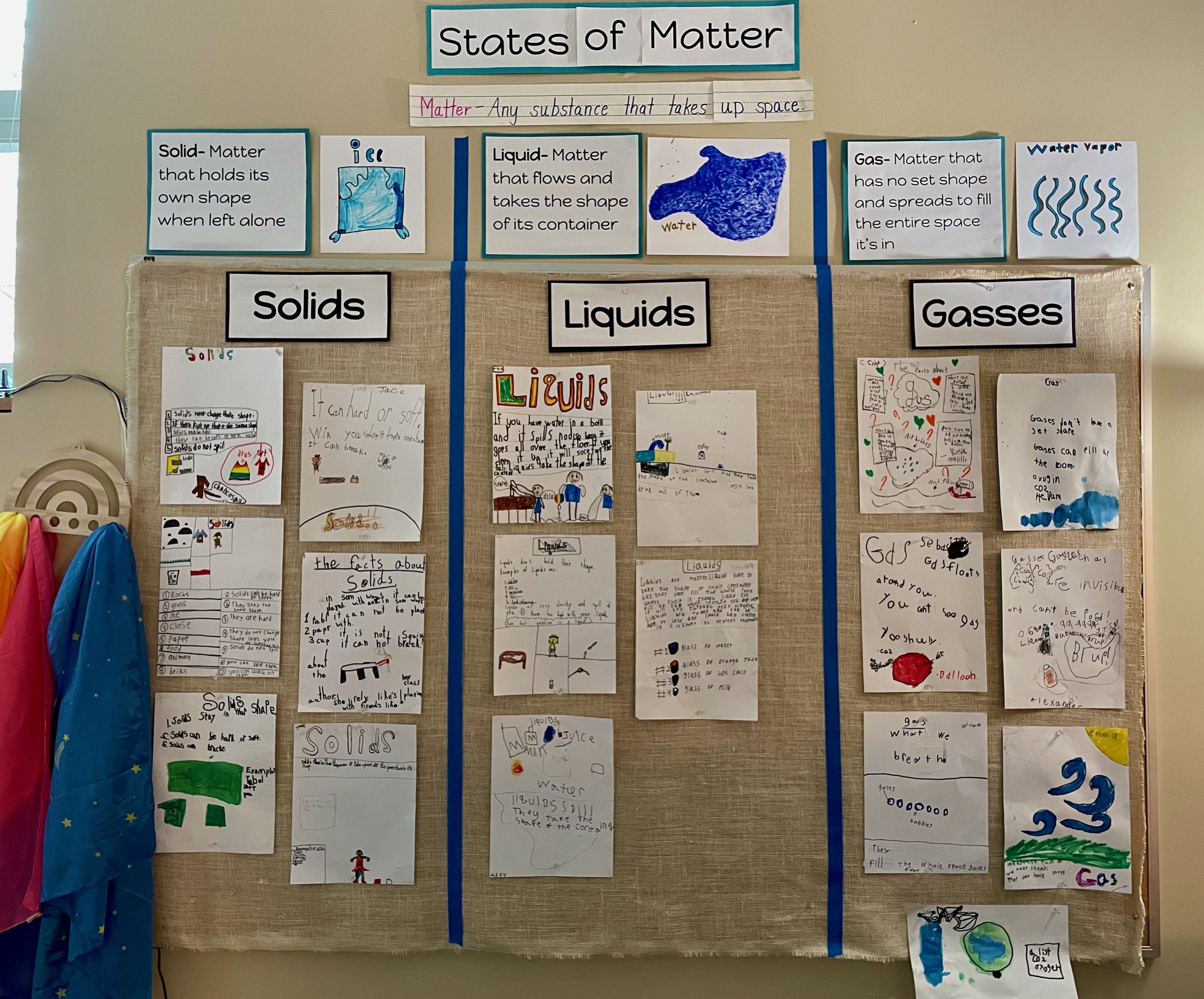
This week we continued our exploration of the states of matter. We did a variety of science demonstrations to determine the characteristics of different states of matter. Students created posters to describe and teach about the different states of matter. Throughout our explorations students came up with some great follow-up questions. One of these questions was about whether Nutella was a solid or liquid. Through our observations it seemed that Nutella originally held its shape (like a solid), but eventually became a bit more flexible and seemed to expand its surface footprint a bit (like a liquid). Students did a great job sharing their viewpoints, even when they disagreed. One student argued that Nutella was a non-Newtonian fluid. We will be returning to this debate after spring break. Students will be constructing a written piece that describes their viewpoint and uses their scientific knowledge about the different states of matter to make their case. This seems quite timely as many adults have been having the same debate about peanut butter following a recent TSA post about peanut butter being classified as a liquid. You can see the New York Times article here. This week we did a science demonstration where we put a deflated balloon on each of three plastic bottles filled with diet Pepsi. The first bottle had just diet Pepsi, the second bottle also had mentos, and the third had salt mixed with the diet Pepsi. In each instance the carbonation in the soda rose to the surface and gas molecules filled the balloon. Students were able to clearly see that gas takes up space (and therefore is matter). Adding Mentos and salt to the soda caused the balloon to inflate quicker and larger. On Friday we did another demonstration that involved adding raisins to a jar of 7UP. Students were excited to see that the raisins were "dancing". Through careful observation we discovered that at first the raisins sank, but then the carbonation bubbles attached to the raisins, causing them to become buoyant and move to the surface. At the surface, the gas bubbles were released into the air, causing the raisins to sink back to the bottom. This happened over and over until there were no longer enough carbonation bubbles to make the raisins buoyant . Throughout these demonstrations students made predictions and used scientific vocabulary to explain what was happening. It's been inspiring to see all the scientific connections students are making and to hear the insightful, deep questions they are asking. After break we will be exploring how matter can change states, what things are not considered matter, and how to create some simple chemical reactions. We ended our week together with a trip to the library and reading to our preschool buddies.
